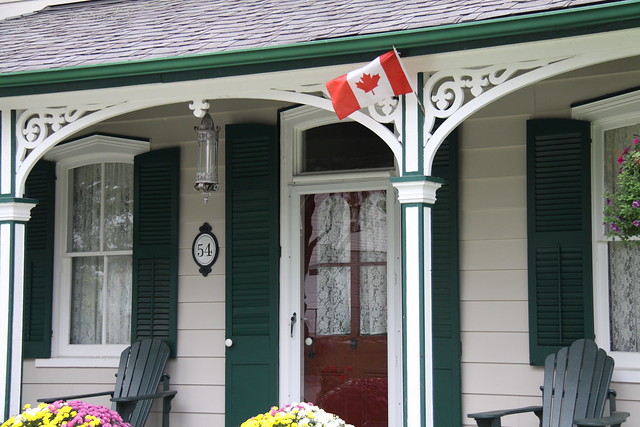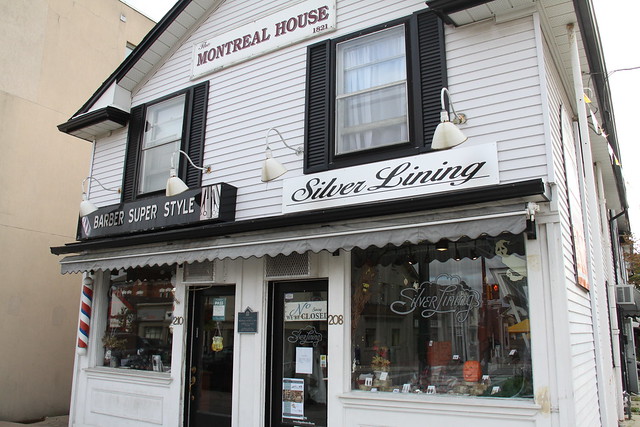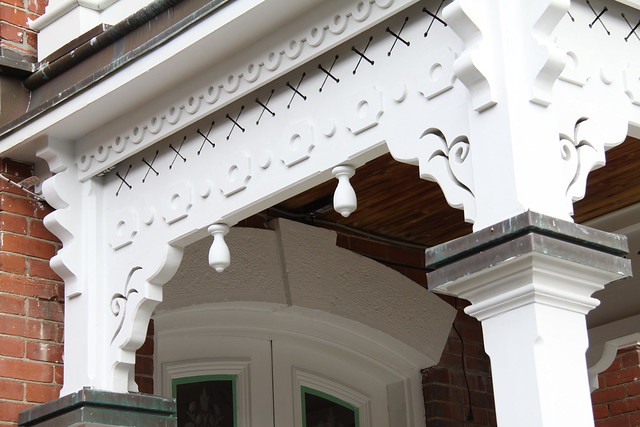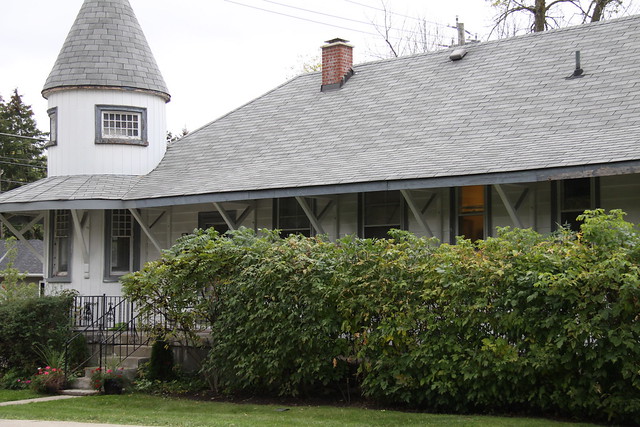Upon first hearing the phrase, heritage preservation may sound more like the study of the chemicals used to keep the collection of canned soup at Grandma’s in an edible state, or at least a boring course you dodged in university. As it turns out, however, the planned preservation of our historical and cultural resources is actually hugely important for urban planners and residents alike.
Here are the top 5 reasons why the City of Mississauga continues to work with its residents to preserve our local heritage:
1. In preserving our heritage, we preserve our identity.
Heritage sites are arguably the physical component of a city’s identity. The lived-in architecture, the strategic locations and the uses of these buildings reveal unique stories telling of how our city came to be and can offer predictions of where it might be going. These features add character and beauty to our city, fostering a sense of home and community, and serving as a reminder to each of us that our city’s history belongs to all of us together. Just as these magnificent buildings have been passed down to us, we must preserve them for future generations.
2. A wealth of heritage attracts a wealth of external ...wealth.
Tourism. I’m talking about tourism here.
There’s a reason why your Facebook and Instagram feeds are filled with selfies at La Louvre or forced perspective photos with the Leaning Tower of Pisa. One, your friends travel a lot or keep throwing back with a #tbt to that one time they did, and two, because well-preserved heritage sites create unique and exciting experiences that are worth travelling the globe for.
It’s no secret that physical heritage attracts tourism, which in turn yields external funding for the local economy, potentially stimulating economic growth and prosperity. (High fives for employment and savings accounts!)
3. Heritage sites circulate wealth within the local economy.
Older buildings are often expensive to maintain due the laborious tasks and custom craftsmanship involved with reviving old features. However, this less than ideal situation creates an opportunity to stimulate the economy, creating new jobs for contractors, architects, and artisans within the local community.
Heritage designations and designated heritage districts have also demonstrated positive economic correlations with real estate prices in studies completed all over the world. Almost always, official recognition results in the increased value of the property at the time of sale, in comparison to non-designated properties of otherwise similar value.
4. Heritage preservation fits right in with the City of Mississauga’s Living Green Master Plan.
Heritage preservation discourages the waste of resources and energy expended by prior generations, as well as the total replacement by new, energy-consumptive materials, such as steel and plastics. The World Bank additionally notes that sunk costs have already been paid for by prior generations, and that such assets should not be overlooked.
5. Local heritage preservation is part of something bigger.
Like the advancement of physical sciences, heritage preservation is part of a greater universal cause. UNESCO is a direct result of these efforts. Heritage preservation brings all kinds of people of different skill sets and academic disciplines together as a unified front for a very noble cause.
So there you have it, heritage preservation – a lacklustre term that offers economic, environmental and social impacts to long for. So, is it really any mystery why the City of Mississauga is taking this one seriously?
Interested in getting involved? Take the City of Mississauga's heritage planning survey for a chance to win a free ipad!
Like the photos? Give Streetsville local & photographer a follow @akamarthacdn
To learn more about Mississauga’s heritage, check out the links below:





